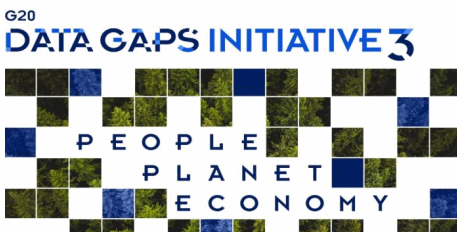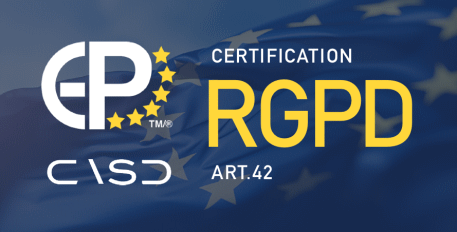Behind this somewhat mysterious acronym lies a matching of multiple sources of very detailed administrative data on beneficiaries or former beneficiaries of social minima and supplementary activity income.
The aim of ENIACRAMS is to monitor the trajectories of recipients of supplementary income and minimum social benefits, their transition from one benefit to another and their persistence on benefits. The main themes addressed are the following:
- the benefits received and their possible accumulation,
- the time spent on social minima and the time spent going back and forth,
- links with unemployment insurance and employment.
The national inter-regime sample of recipients of activity income supplements and social minima (ENIACRAMS) gathers a panel of recipients:
- the disabled adults’ allowance (AAH),
- the specific solidarity allowance (ASS),
- of the active solidarity income (RSA),
- of the activity allowance,
- the replacement pension equivalent allowance (AER-R),
- of the minimum integration income (RMI),
- single parent’s allowance (API).
ENIACRAMS (formerly ENIAMS) has been in existence since 2001 and is one of the first large-scale matched data sources, using a so-called “double-blind” scheme: drawing a sample of people from the RNIPP by INSEE (without knowing who is or has been receiving one of the benefits linked to the purposes), selection of these people by the managing bodies (only on the basis of the NIR) and then matching by DREES (on the basis of a non-meaningful number, as it is impossible to return to the original NIR). In 2020, approximately 650,000 people were part of the panel and were receiving a minimum social benefit or the activity allowance at the end of 2020.
It is made up of matching administrative data collected from the organisations managing these benefits:
- Caisse nationale des allocations familiales [CNAF],
- Caisse centrale de la mutualité sociale agricole [CCMSA],
- Pôle emploi,
- the Répertoire national d’identification des personnes physiques (RNIPP),
- the panel Tous actifs (formerly panel DADS) of the Institut national de la statistique et des études économiques (INSEE).
The ENIACRAMS data have been made available to researchers via the CASD since 2020.
[Learn more]





